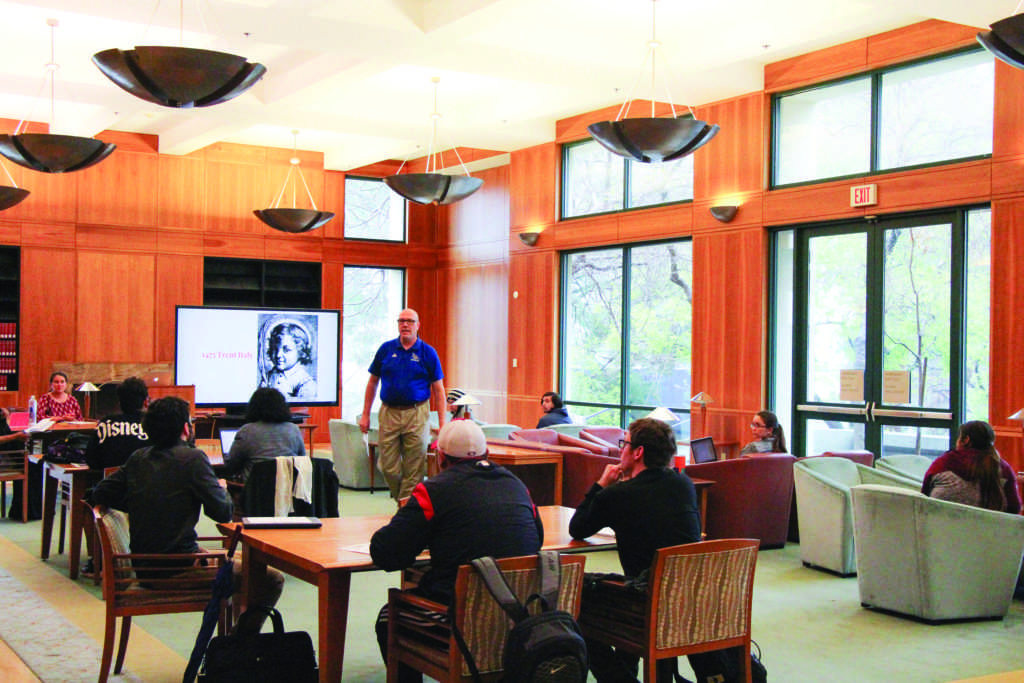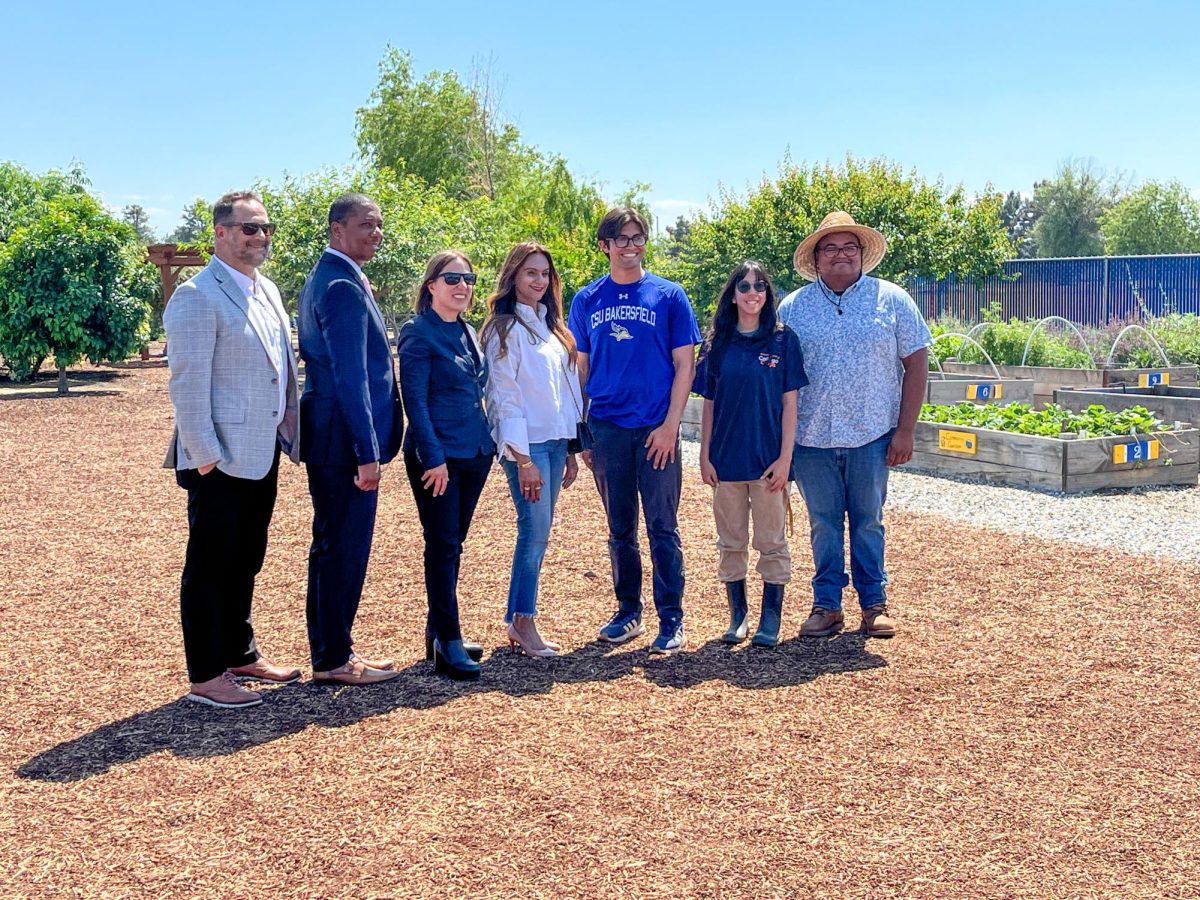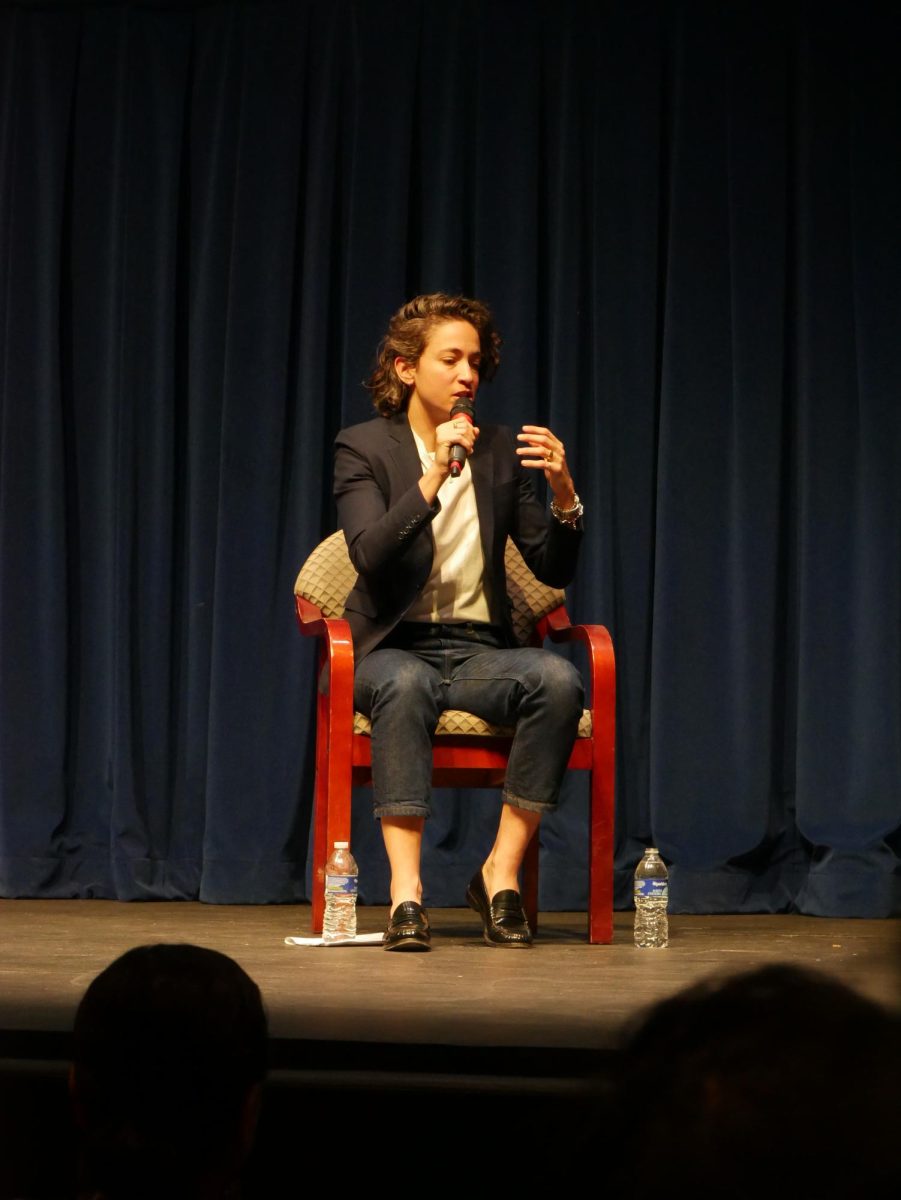By Christopher Sanchez
Reporter
We all know someone who has fallen victim to fake news. Whether it’s reposting a fake story or a family member using an altered news article to prove their point, we’ve all seen examples of fake news.
In an effort to educate students and faculty, a workshop was held on how to identify fake news and how to combat the information overload we face.
Librarians Andrea Anderson and Chris Livingston hosted “Identify Fake News” in the Dezember room at the Walter Stiern Library on March 21.
Fake news became a popular term during the 2016 presidential election. Considered an umbrella term, it means different things to different people.
“My kids are always showing me news stories and they can’t tell they’re fake,” said Shanda Brown, a senior in business administration. “What they showed us here was very interesting. I plan on teaching my kids how to tell fake news apart from real news.”
News is drastically different today because of the internet. The internet allows anyone to create news at any time. People can have different agendas or motivations when it comes to producing news.
Fake news is false or inaccurate information that is meant to deliberately deceive the reader. The overall story might be true, but there can be false elements. Sometimes, the story can be made up and can circulate quickly due to social media.
During the 2016 election, Pizzagate became a top fake news story. Edgar Welch went into the Comet Ping Pong to investigate a conspiracy theory that Hillary Clinton was running a child sex ring out of the basement of the pizzeria on Dec. 5, 2016.
Welch went into the restaurant and fired his assault rifle. A hand gun and a rifle were found by police in his car. Welch was charged with felony assault with a deadly weapon, carrying a gun without a license or a permit outside a home or business, and sentenced to four years in prison.
The original story was fake. However, a citizen’s decision to act was not. People don’t understand the extent and damage a fake news story can do.
Pew Research conducted a survey in 2016 and found that six out of 10 adults get their news from social media. When reading news on social media, we don’t spend a lot of time thinking about the story. We read the title and a few lines and scroll to the next story which is what fake news creators count on.
Social media feeds are not always truthful and accurate. The content that is being produced can be false and meant to mislead you.
The news that you view in your feed is personalized to fit your specific interests. Websites are tracking your viewing behavior, browser history, and using complex algorithms to produce information that fits your interests. This filter bubble limits your ability to see contradicting viewpoints.
With audiences being so fragmented and splintered, this leads to a confirmation bias. This bias makes us seek news and information that fits into our belief system. It validates our assumptions and prevents us from seeking other information.
With news and information being rapidly updated and available, we are constantly overloaded with information. We filter information automatically. This can lead to “satisficing,” where we accept the first result we see and fail to seek out more information on a subject.
These trends allow fake news to grow and fester. In order to combat it, you have to recognize other perspectives, including getting information from more than one source and try to verify the original source of the story.
When looking at a possible fake news story, it’s important to look at the story critically. Look for odd domain names, check if other reputable news organizations are running the story, and look to see if the brand or company is real and hasn’t been altered.
Chase Gauge, a junior in psychology explains the importance of combating fake news.
“I feel like these days the information that we have is real. But people aren’t willing to believe it. They want to find their truth. The change against fake news has to be on our own. We have to fight it day to day.”








